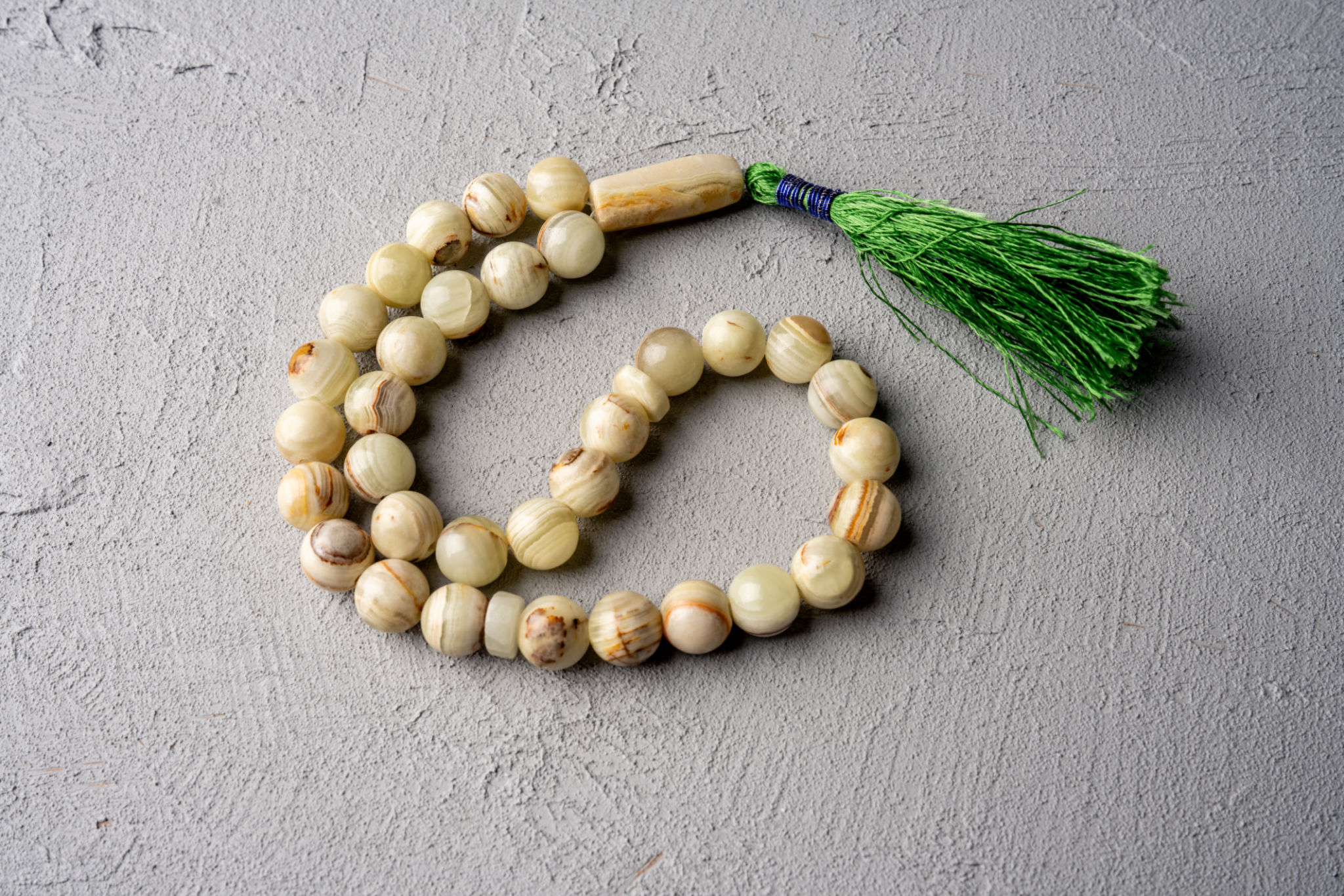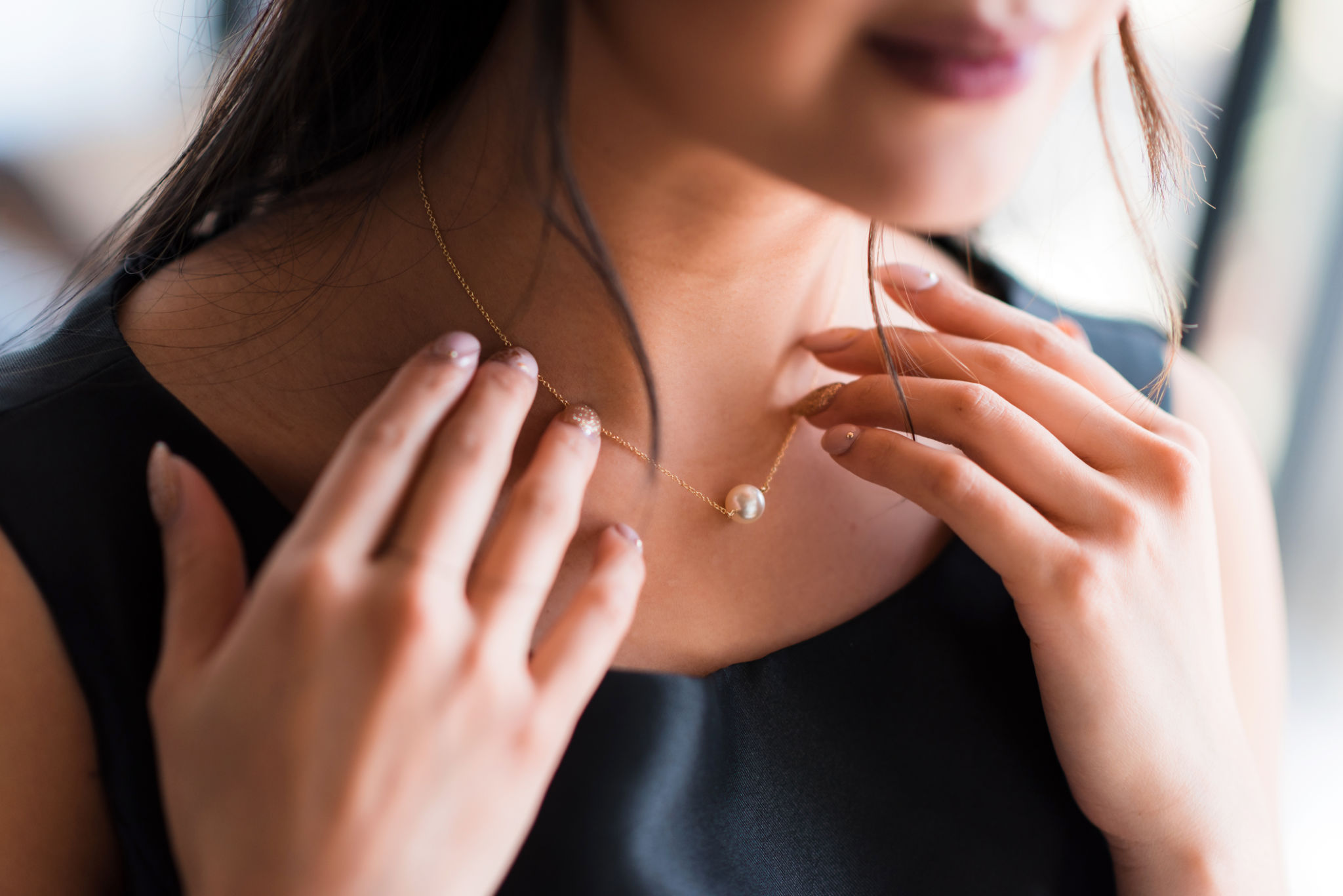The Impact of Cultural Preferences on Jewellery Trading
Understanding Cultural Preferences in Jewellery Trading
Jewellery has always been more than just an adornment; it is a reflection of cultural identity and personal expression. Across the globe, different cultures have developed unique preferences for jewellery that shape trading practices. Understanding these cultural preferences is crucial for anyone involved in the jewellery trade, as it influences not only design and material choices but also marketing strategies.

The Influence of Tradition and Heritage
Tradition plays a significant role in determining jewellery preferences. In many cultures, jewellery is passed down through generations, making it a symbol of heritage and family legacy. For instance, in India, gold jewellery is not only a symbol of wealth but also an integral part of wedding ceremonies and religious rituals. Similarly, in the Middle East, intricate designs with precious stones are highly valued for their craftsmanship and cultural significance.
These traditional preferences often dictate the demand for specific materials and styles. Traders need to be aware of these nuances to cater to the expectations of their target markets effectively. By aligning offerings with cultural traditions, businesses can foster deeper connections with their customers.
Modern Trends and Cultural Shifts
While tradition holds strong, modern trends and global influences are reshaping jewellery preferences worldwide. As societies become more interconnected, cross-cultural exchanges are introducing new styles and materials to different regions. This globalisation has led to a blend of traditional and contemporary designs, appealing to younger generations seeking individuality and modernity in their jewellery choices.

Moreover, ethical considerations are becoming increasingly important to consumers. The demand for conflict-free diamonds and sustainably sourced materials is rising, reflecting a shift in cultural values towards ethical consumerism. Traders who adapt to these changing preferences can tap into new market segments and enhance their brand reputation.
Regional Differences in Jewellery Preferences
Jewellery preferences can vary significantly even within the same country based on regional cultures. For example, in China, jade holds profound cultural importance and is often preferred over other gemstones in certain regions. Similarly, in Africa, the use of beads in jewellery is deeply rooted in cultural expression and varies widely among different communities.
- India: Gold and intricate designs are highly prized.
- Africa: Beaded jewellery reflects cultural diversity.
- Middle East: Precious stones and detailed craftsmanship are favored.
- Western countries: Minimalist designs with ethical sourcing are trending.

Navigating Cultural Sensitivities
When trading internationally, it is essential for businesses to navigate cultural sensitivities with care. Misunderstanding cultural symbols or failing to respect local customs can lead to reputational damage. Jewellery traders should invest in cultural research and engage with local experts to ensure that their products resonate well with the target audience.
Customisation is another key strategy for addressing diverse cultural preferences. Offering bespoke services allows customers to infuse their personal or cultural symbols into the designs, enhancing the emotional value of the jewellery.
Conclusion: Embracing Diversity in Jewellery Trade
The impact of cultural preferences on jewellery trading cannot be overstated. By acknowledging and embracing these diverse influences, traders can create meaningful connections with their customers and open new avenues for growth. As the world continues to evolve, staying attuned to cultural trends and preferences will remain a crucial aspect of success in the jewellery industry.
